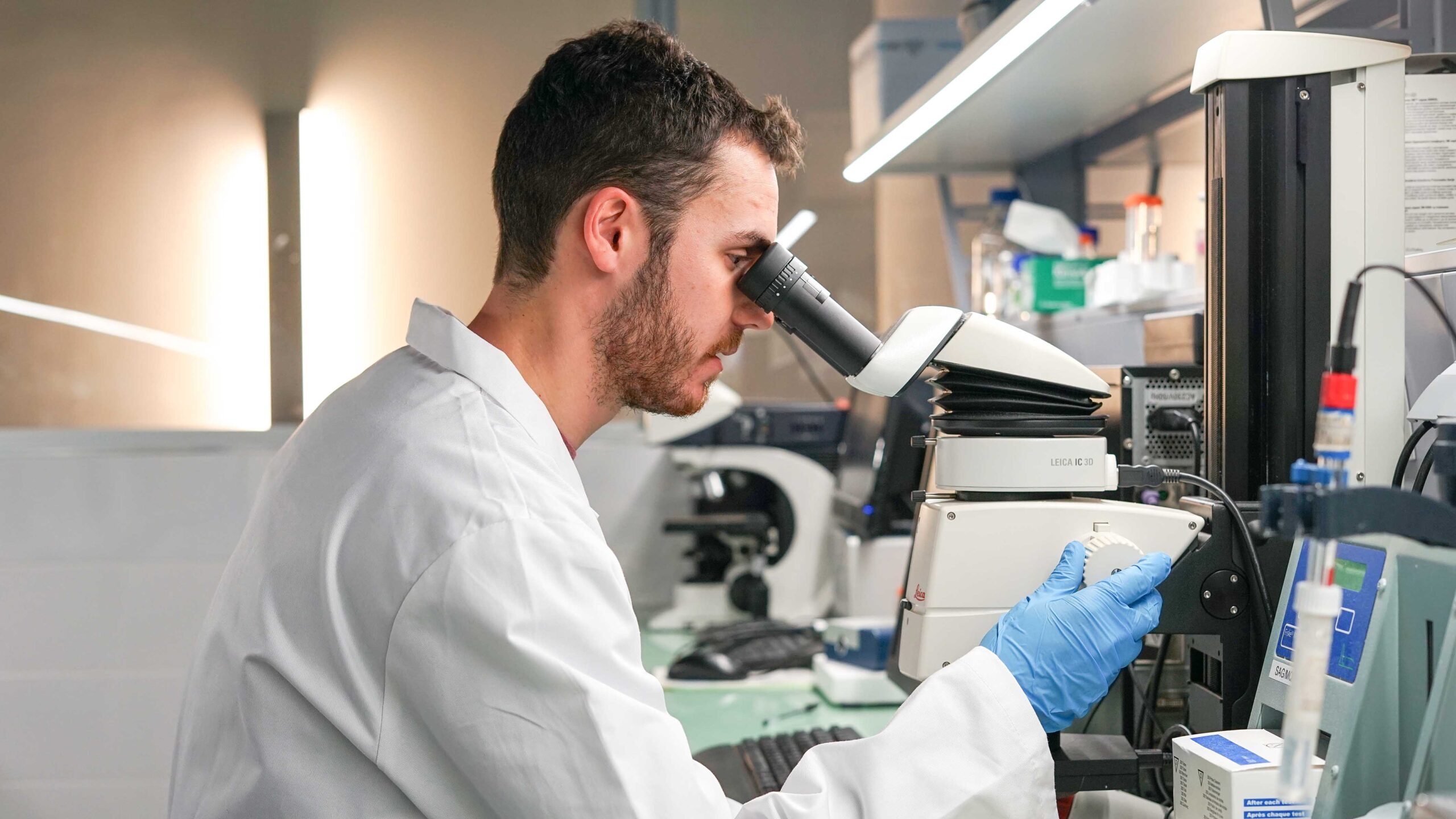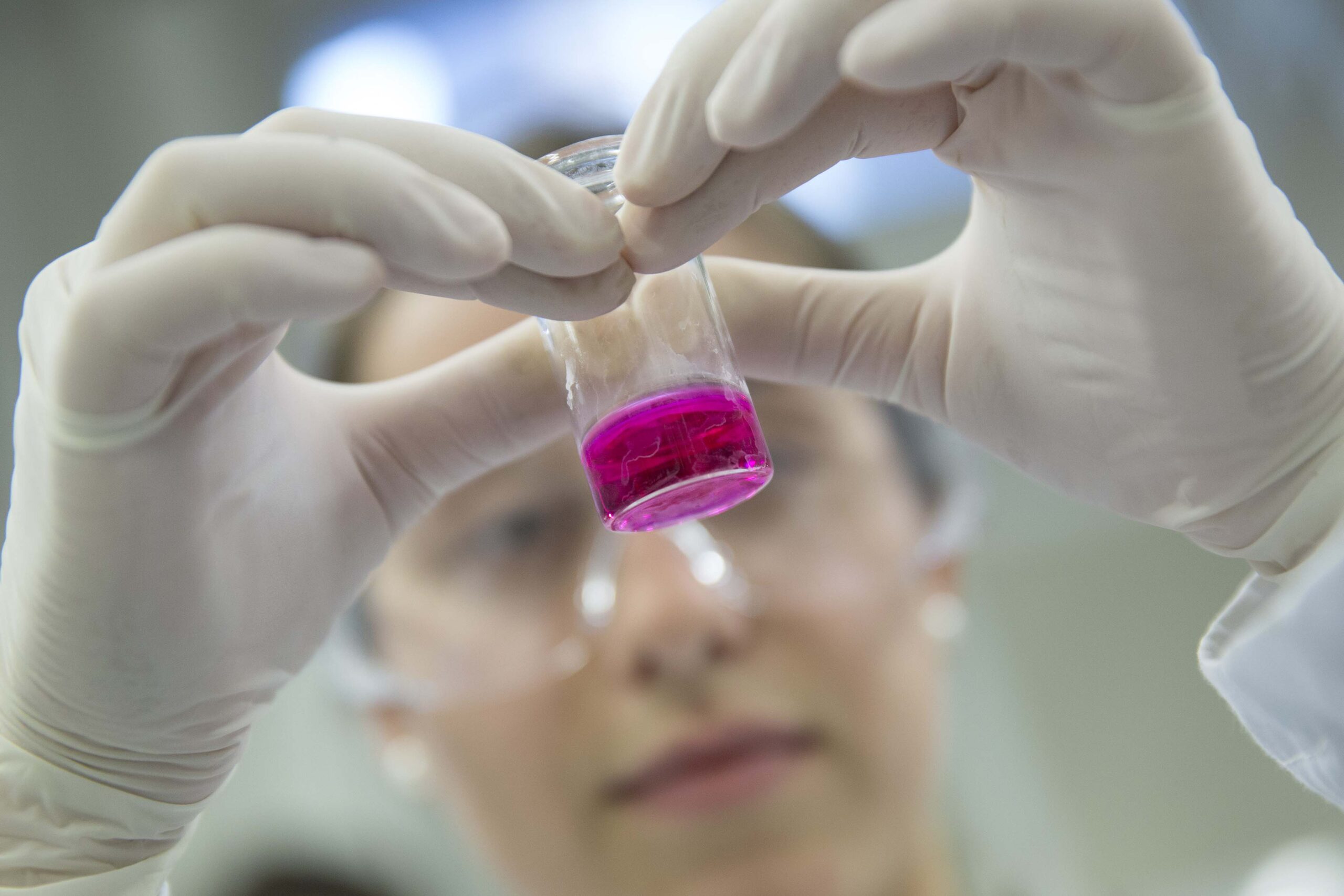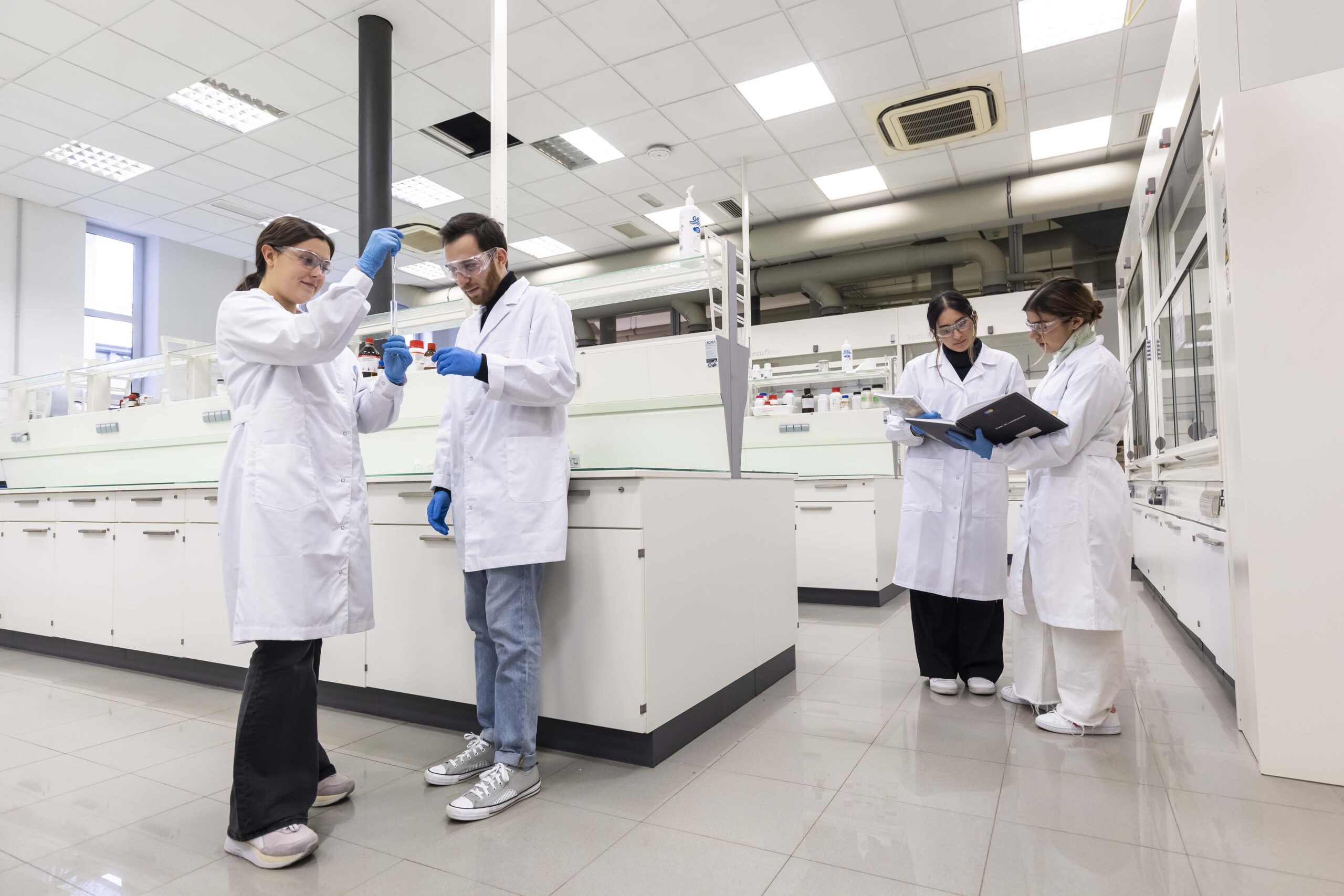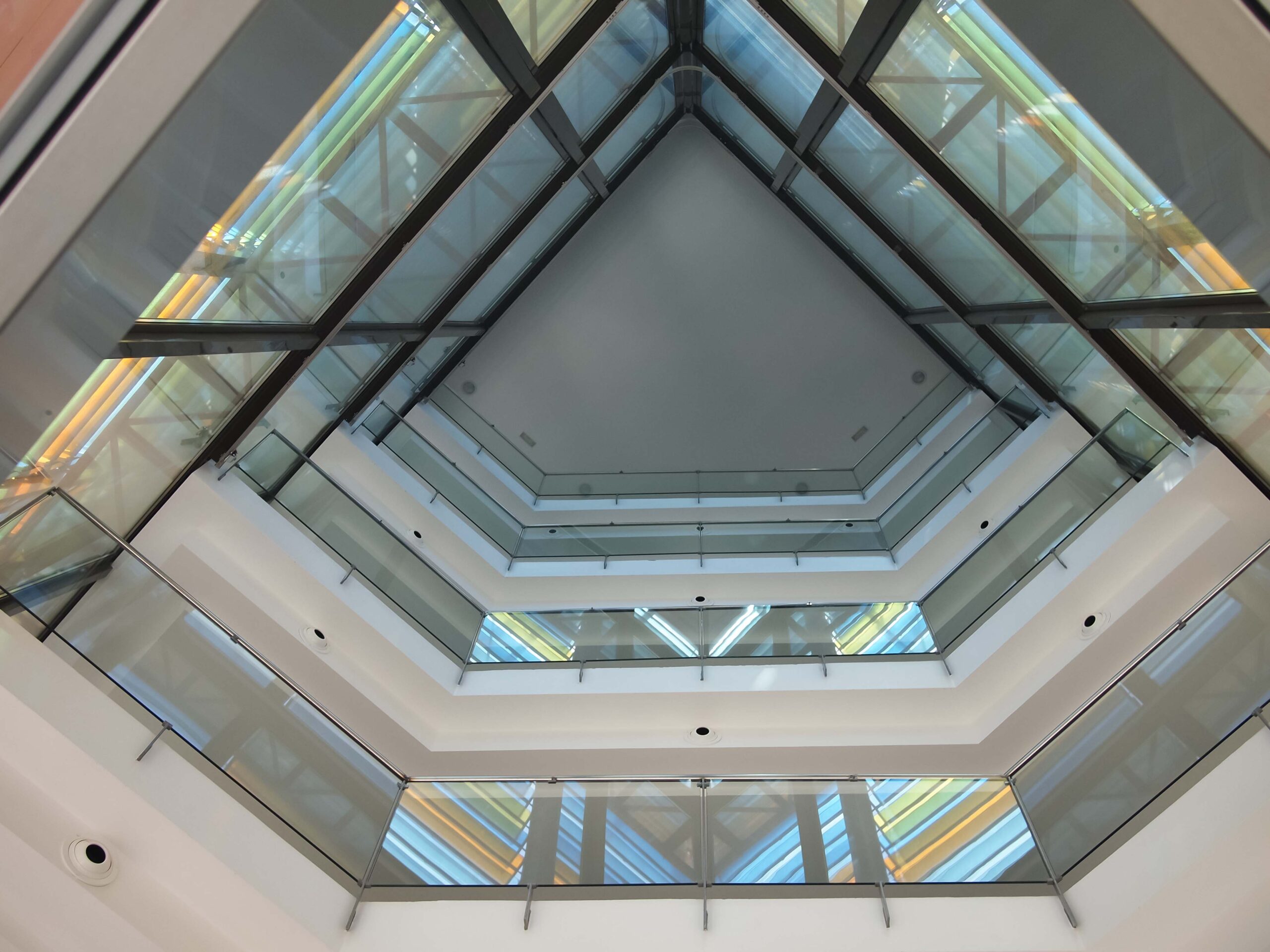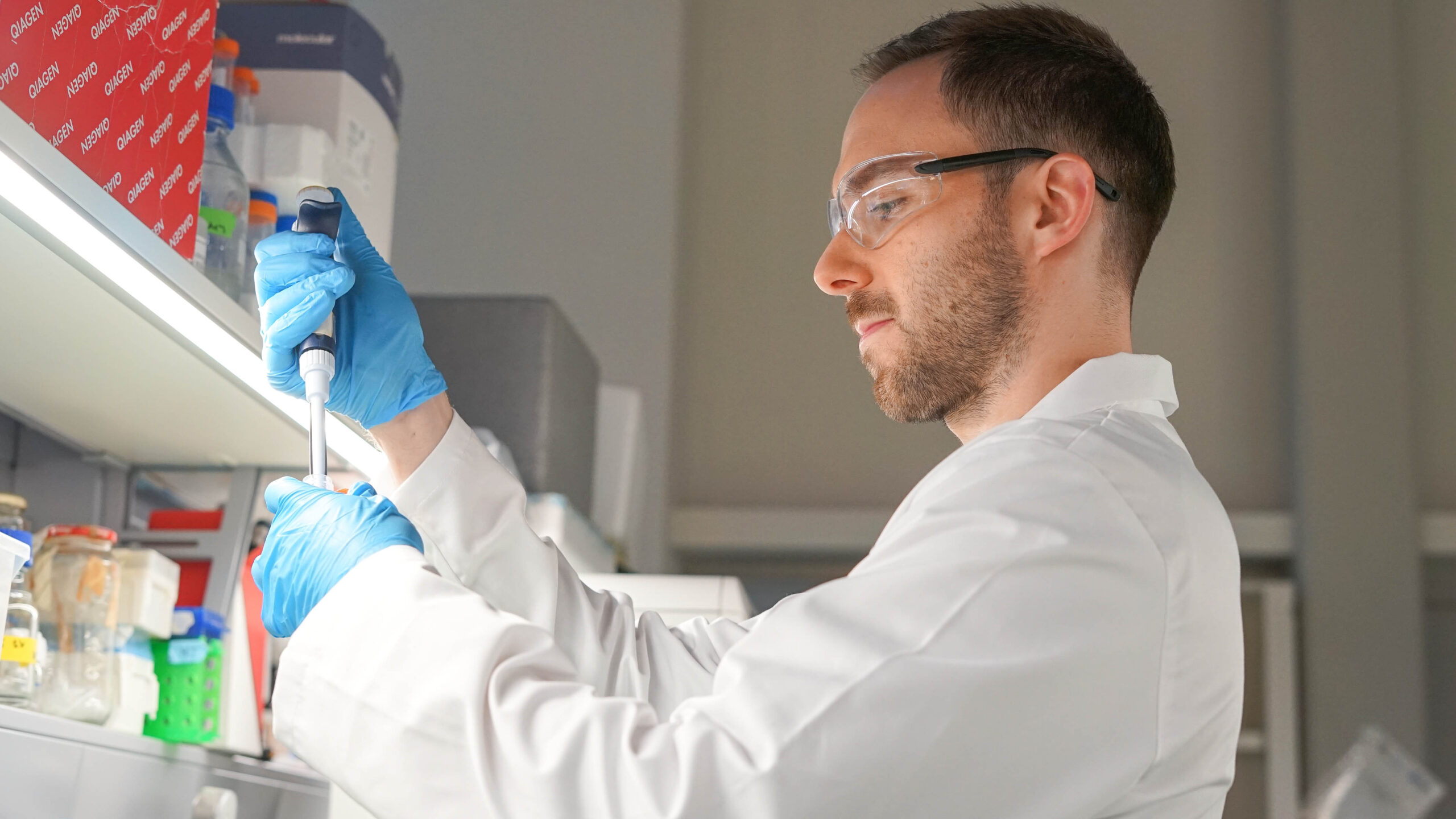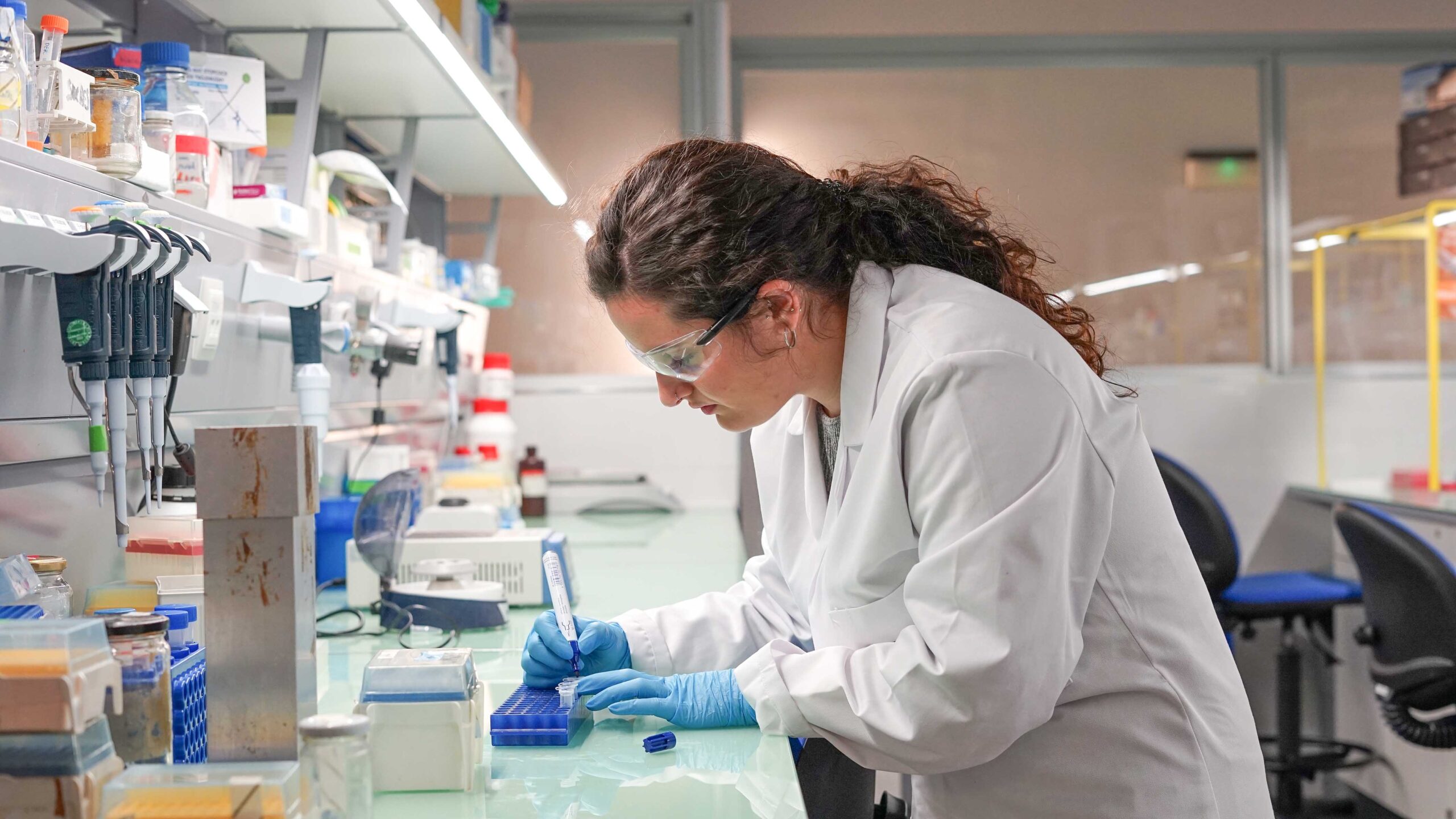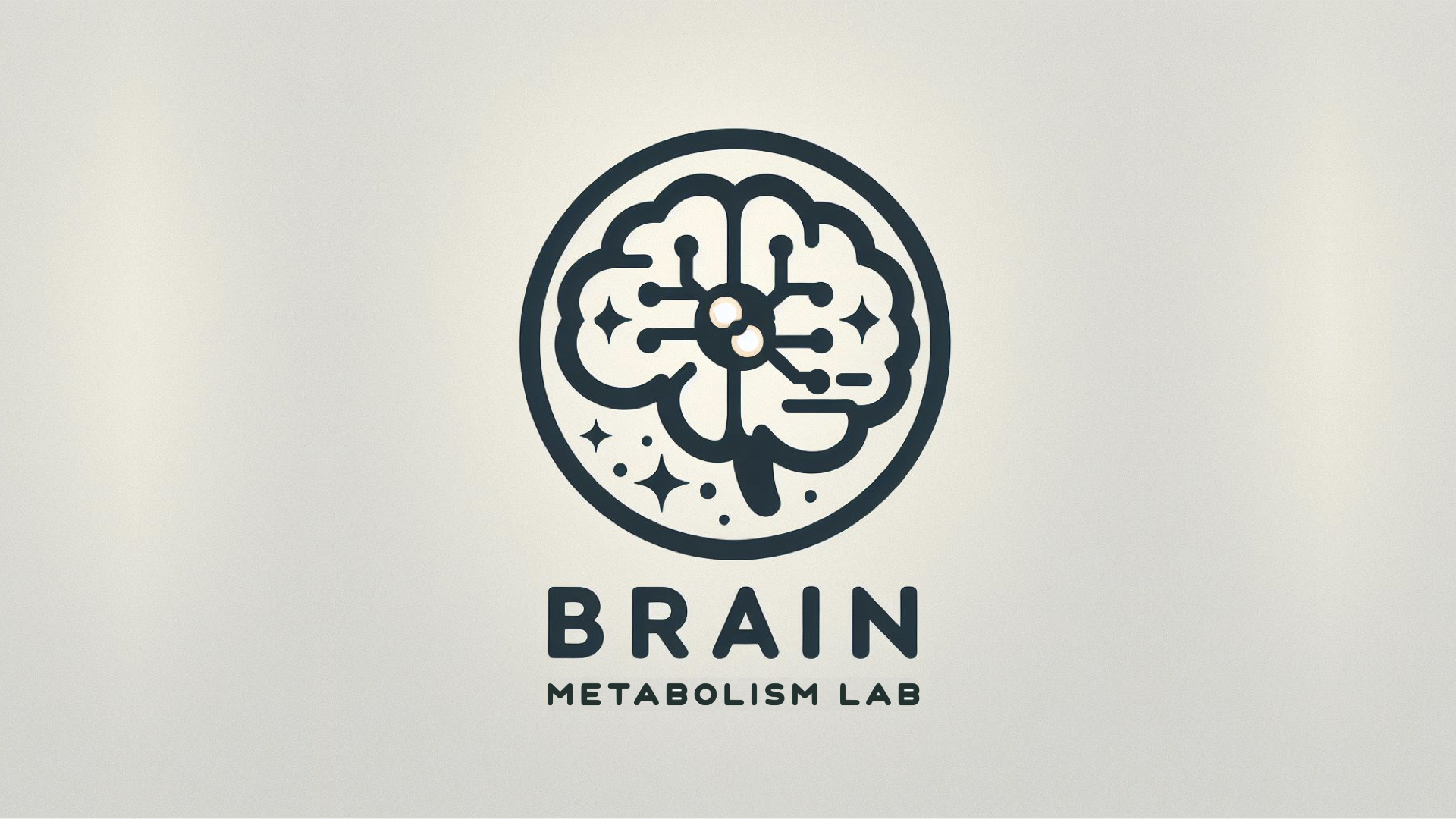nGSD-TAG (Development of a targeted therapy for the management of neurological glycogen storage diseases )

Investigador principal
Grupo de investigación

Fuente de financiación:
Generalitat de Catalunya
Periodo:
02/12/2024 a 01/06/2025
Tipología del proyecto:
Proyecto Individual
Estado del proyecto:
ACTIVO
Entidad financiadora:
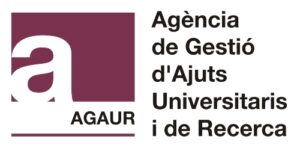
AGAUR
Financiación:
20.000€
Glycogen is a type of sugar storage molecule in the body, made up of linked glucose units. It’s important for providing energy to many tissues, including the brain. However, in some rare diseases called glycogen storage diseases, glycogen builds up abnormally in certain tissues, causing harm. One example is Lafora disease (LD), a severe brain disorder that affects teenagers and has no cure. In LD, glycogen clumps together in brain cells, leading to damage and neurodegeneration.
To address this problem, scientists have found that a protein called amylase can break down these harmful glycogen clumps. In early tests, giving amylase has shown promise, but there’s a big challenge: getting it into the brain. The brain is protected by a barrier (called the blood-brain barrier, or BBB) that blocks most drugs or proteins from entering. Right now, the only way to deliver amylase to the brain is through very invasive methods, like direct injections into the brain, which isn’t practical for patients.
This project aims to solve this problem by developing a non-invasive treatment. The idea is to use tiny particles (nanoparticles) that can cross the blood-brain barrier and deliver a genetic instruction (mRNA) to brain cells. This mRNA tells the cells to produce amylase themselves, breaking down the harmful glycogen clumps. The team working on this project includes experts in glycogen-related diseases and nanoparticle technology, making them well-suited to tackle this challenge.
If successful, this treatment could not only help Lafora disease patients but also other conditions where glycogen builds up in the brain, such as adult polyglucosan body disease, Pompe disease, and even ALS (amyotrophic lateral sclerosis). Additionally, the nanoparticles developed for this project could be adapted to deliver other therapeutic mRNAs to the brain, opening doors for treating a wide range of neurological disorders.
In short, this project is about creating a smarter, less invasive way to treat brain diseases caused by glycogen buildup, with the potential to help many patients in the future. This project is an award from the 2024 Call «Ajuts d’Indústria del Coneixement» ) with the support of AGAUR and Departament de Recerca i Universitats de la Generalitat de Catalunya.
